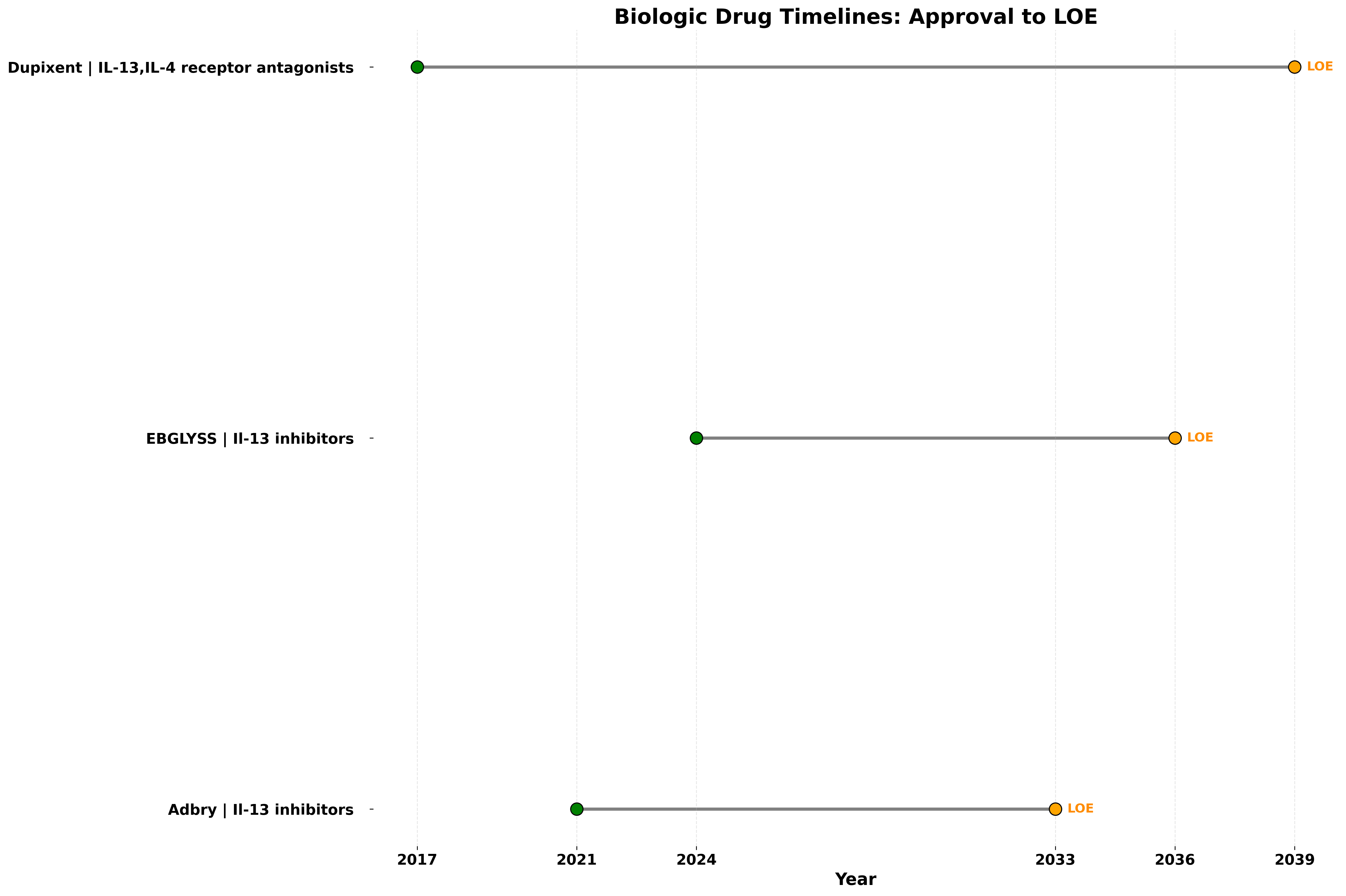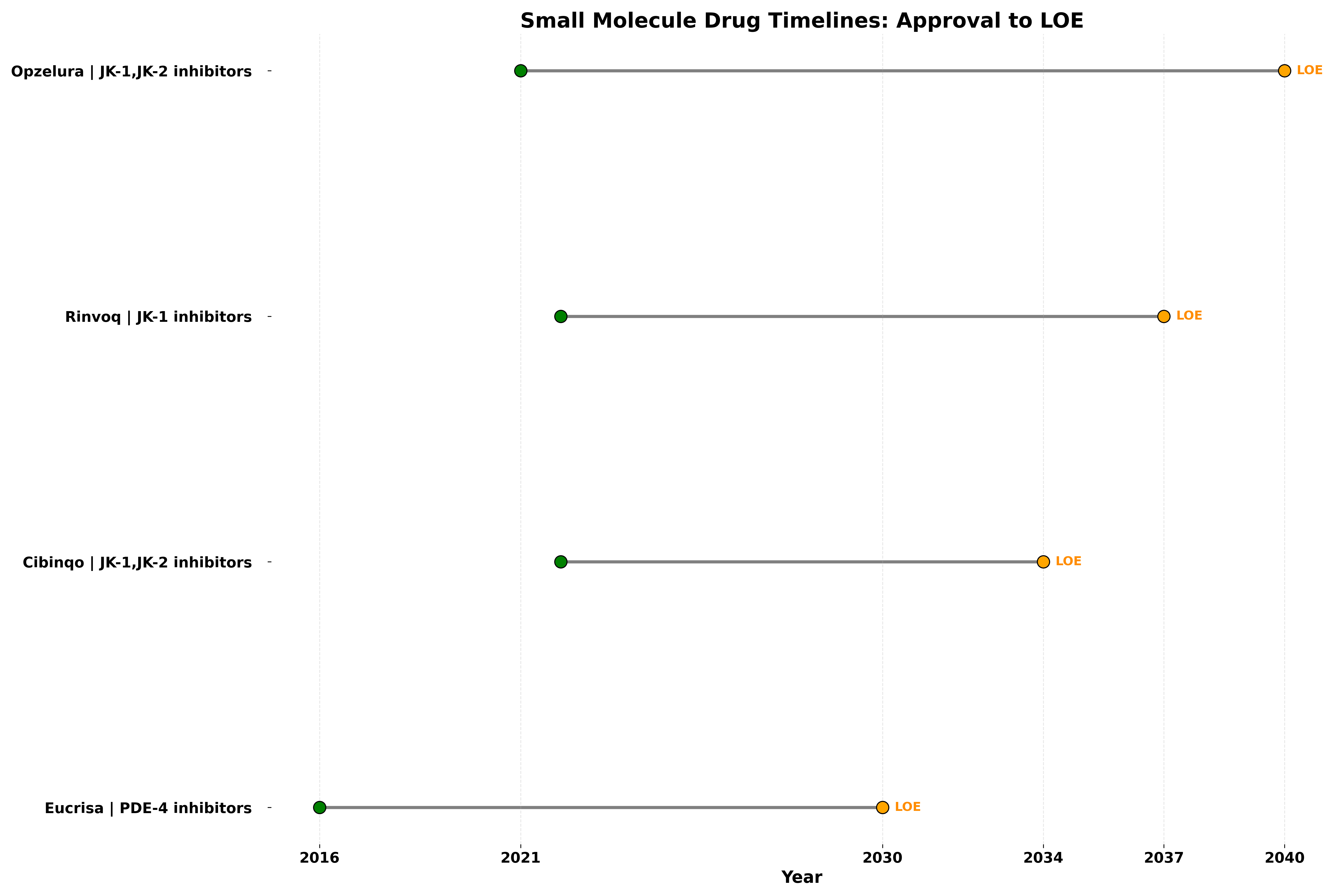Automotive And Transport
Chemicals And Materials
Consumer Goods
Defense
Electronics And Semiconductors
Energy & Power
Factory Automation
Healthcare
Heavy Engineering Equipment
IT And Telecom
Packaging
Finance And Banking
Agriculture
Manufacturing & Construction
Company Profiles
Miscellaneous
Regional Reports
Country Reports
Global Reports
Animal Health
Syndicated Research
Custom Research
Macro-economic analysis
Consulting Services
Competitive Benchmarking
Asset Prioritization
Business Development
Licensing Services
Merger and Acquisitions
Partner Identification
Portfolio Management
Pipeline Assessment
Market Assessment
Competitive Intelligence
R&D Analysis
Regulatory Analysis
Primary Research
Conference Coverage
CI Tracking









